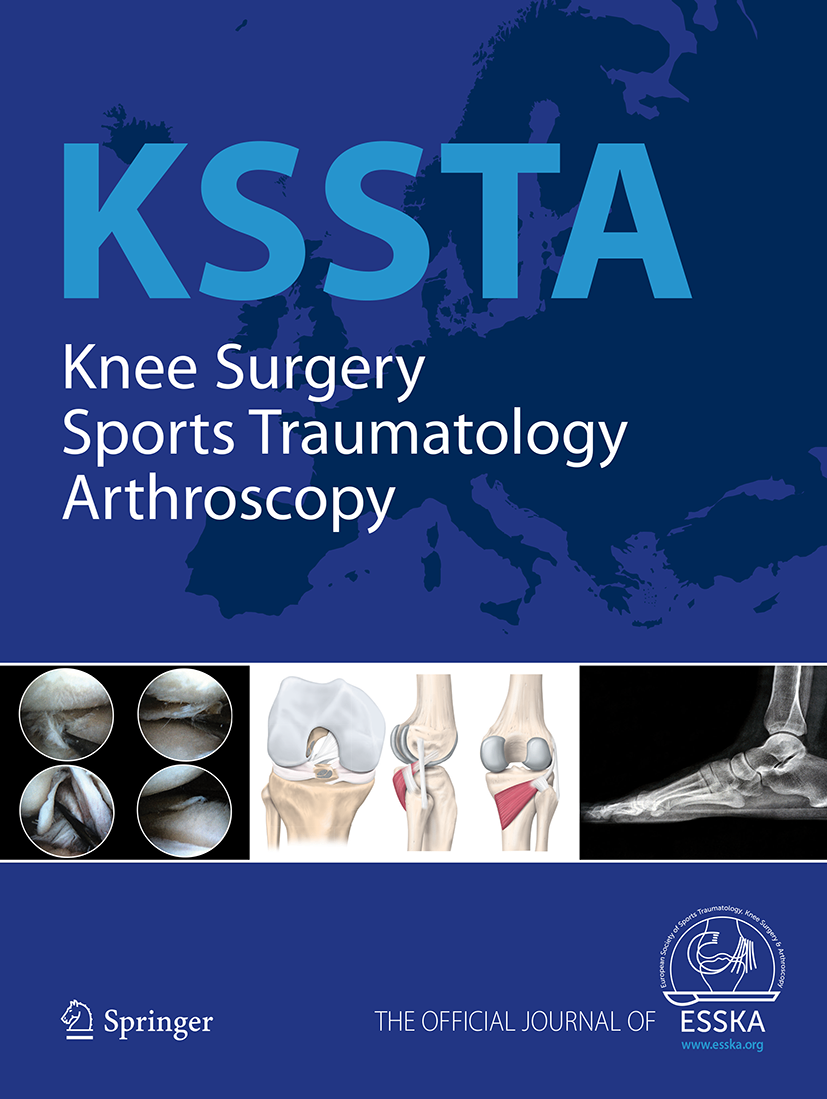
PSI TKA associated with higher rate of intra- & postoperative tibial outliers vs computer navigation

PSI TKA associated with higher rate of intra- & postoperative tibial outliers vs computer navigation
Abnormal rate of intraoperative and postoperative implant positioning outliers using “MRI-based patient-specific” compared to “computer assisted” instrumentation in total knee replacement
Knee Surg Sports Traumatol Arthrosc. 2016 Nov;24(11):3441-3447Did you know you're eligible to earn 0.5 CME credits for reading this report? Click Here
Synopsis
80 patients scheduled for total knee arthroplasty were randomized to undergo the surgery using either patient-specific instrumentation (PSI) or computer-assisted surgery (CAS) navigation technology for guiding bone cuts. The purpose of this study was to compare the incidence of intraoperative and postoperative outliers between groups for component alignment. Intraoperative results demonstrated a s...
To view the full content, login to your account,
or start your 30-day FREE Trial today.
FREE TRIAL
LOGIN
Forgot Password?
Explore some of our unlocked ACE Reports below!

Learn about our AI Driven
High Impact Search Feature
Our AI driven High Impact metric calculates the impact an article will have by considering both the publishing journal and the content of the article itself. Built using the latest advances in natural language processing, OE High Impact predicts an article’s future number of citations better than impact factor alone.
Continue



 LOGIN
LOGIN

Join the Conversation
Please Login or Join to leave comments.